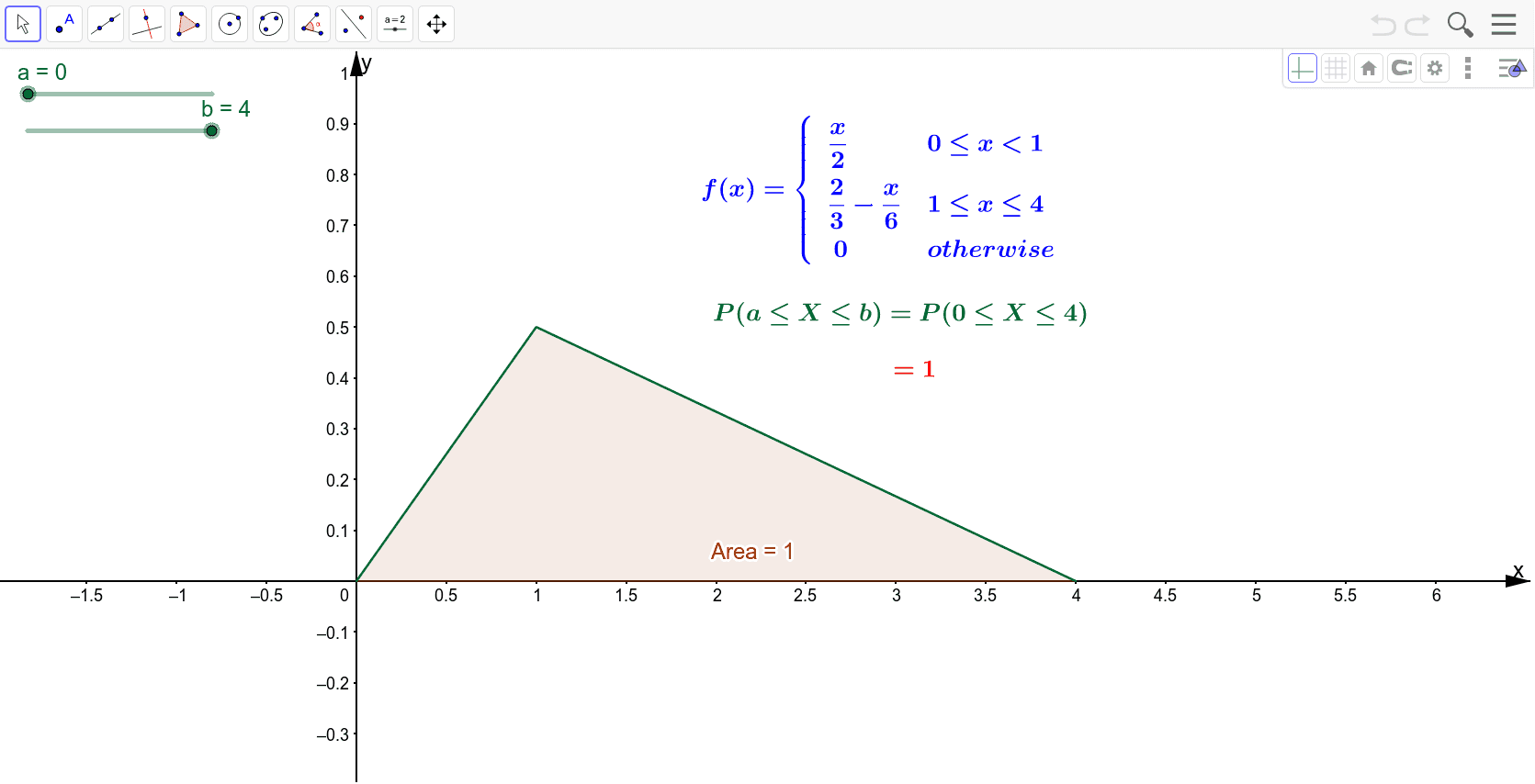

It is also called a Gaussian distribution, Gauss, or Gauss-Laplace distribution, after famous mathematicians Gauss and Laplace who were instrumental in its description and popularization. Due to its shape, it is sometimes referred to as "the Bell Curve", but there are other distributions which result in bell-shaped curves, so this may be misleading. It is symmetrical around the mean and its mean is also its median and mode. The normal distribution is a continuous probability distribution for a real-valued random variable (X). High accuracy output of up to 25 significant digits is supported. The precision setting determines how many numbers after the decimal point the output is to be rounded to. Likewise, enter 0.90 for the upper decile (upper 10%) cut-off. For example, to calculate the cut-off of the lower quartile (lower 25%) of a normal distribution simply enter 0.25. In quantile mode computes the inverse distribution function (IDF) of any normal distribution given its mean, standard deviation, and a specific proportion (a.k.a. These can be used in the odd case where one is appropriate. The calculator outputs a single z-score for the one-tailed scenario (use with a minus in front to change tails, if necessary) and the two z scores defining the upper and lower critical regions for a two-tailed test of significance. In the second mode the inverse CDF of the standard normal distribution is used to compute a standardized score (Z score) corresponding to the selected level of statistical significance, a.k.a.

With μ = 0 and σ = 1 the tool serves as a standard normal distribution calculator and the raw score entered is equal to a Z score. The output also includes the computed Z score. The calculations in this mode are carried out using the cumulative distribution function of the normal distribution with the specified mean μ (mu) and standard deviation σ (sigma). It can also be used to determine the significance threshold corresponding to a given critical region specified by one or two standard scores. For example, one may want to compute a p-value as part of a test of statistical significance. The first is useful in calculating the probability corresponding to the area under a normal curve below or above a given normal score (raw score). This calculator has three modes of operation: as a normal CDF calculator, as a probability to Z score calculator, and as an inverse normal distribution calculator.

#Probability density function calculator how to
How to use the normal distribution calculator


 0 kommentar(er)
0 kommentar(er)
